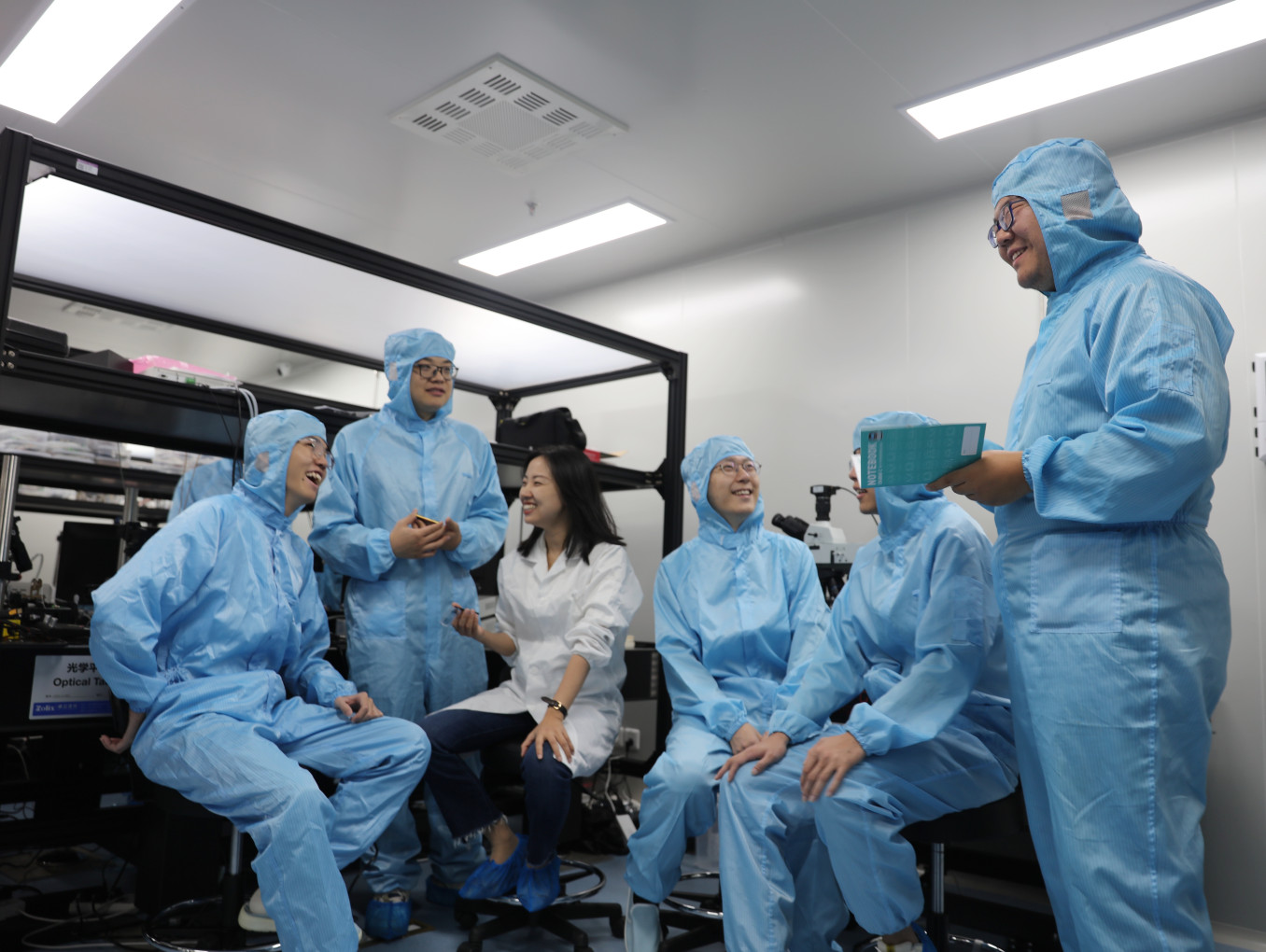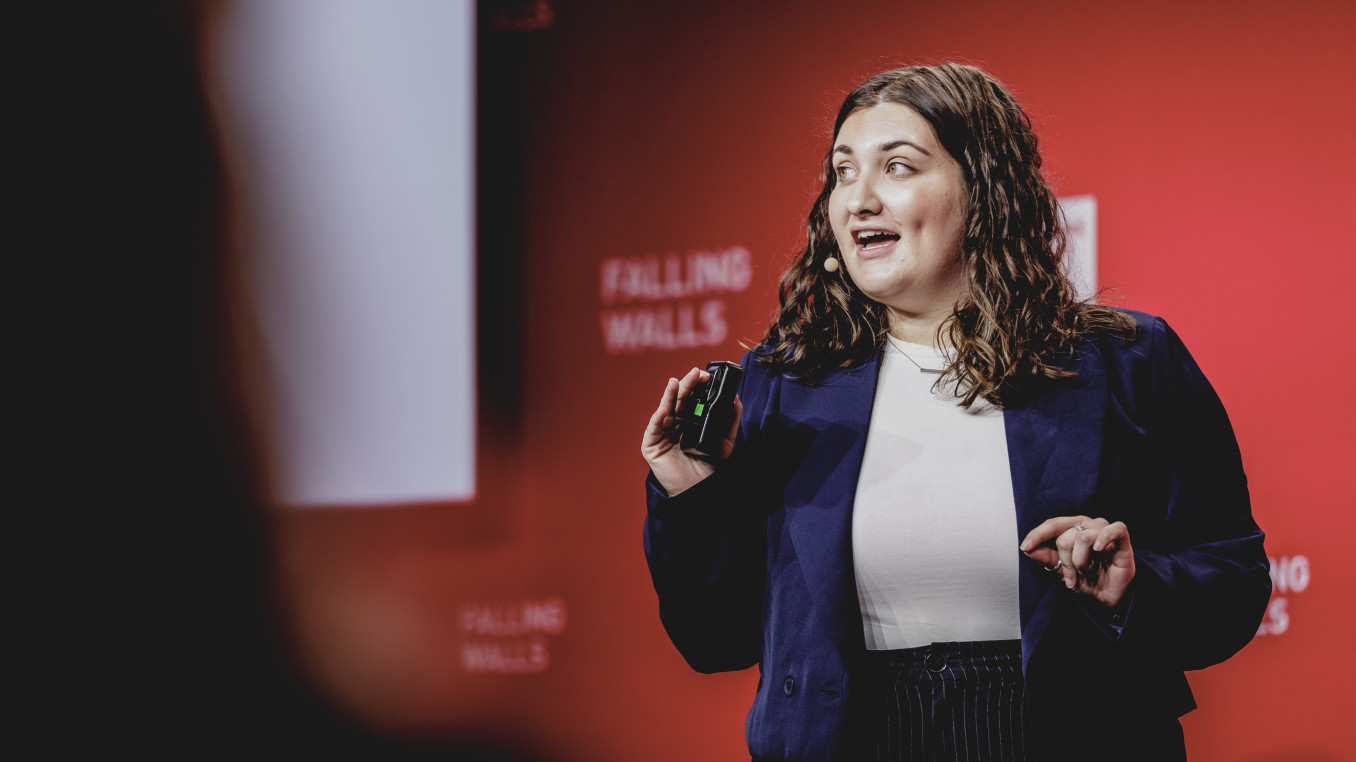Breaking the Wall of High-Power AI Needs
Breaking the Wall of High-Power AI Needs
Global Call 2025 Finalist Interview: Engineering & Technology
Dr. Fang is Professor of Electronic Engineering at Tsinghua University, bridging physical optics and artificial intelligence to advance next-generation imaging and neuromorphic computing. She received her Ph.D. from Hong Kong Univ. of Science and Technology and B.E. from Univ. of Science and Technology of China. Her work has appeared in leading journals such as Science, Nature, and Nature Photonics and she is a recipient of the Humboldt Research Fellowship for Experienced Researchers.
Which wall does your research or project break?
Breaking the Wall of High-Power AI Needs: We make breakthroughs in photonic computing with Taichi chiplet and FFM photonic training architecture, addressing the critical challenges of computing power and energy consumption in artificial intelligence, especially in the post-Moore era. Taichi introduces a general-purpose distributed computing architecture to expand scalability in a shallow yet wide way, rather than deepening the layers in traditional electronic computing.
By further integrating a diffraction-interference-hybrid design, Taichi improves system-level energy efficiency by two orders of magnitude compared to electronic counterparts. In FFM, we leverage spatial symmetry and Lorentz reciprocity to create a fully forward-mode photonic training architecture, enabling high-speed, high-precision self-learning for optical systems by mapping them onto parameterised onsite neural networks. For the first time, we demonstrate that photonic computing can solve real-world complex AI tasks (both training and inference), delivering superior performance in computing power and energy efficiency.
What is the main goal of your research or project?
The rapid growth of AI demands unprecedented computing power and energy efficiency. Photonic computing, with its inherent advantages of high-speed processing and low-loss propagation, offers a compelling alternative for AI computing. However, the performance bounds set by physical optics for intelligent photonic computing remain underexplored, particularly in terms of efficiency, scalability and precision.
Our innovation advances photonic computing from toy problems to advanced AI/AGI tasks. Unlike prior demonstrations largely limited to MNIST classification, Taichi is, to our knowledge, the first to tackle real-world object recognition and multimodal content generation on a large-scale photonic chip. This marks a paradigm shift, moving beyond proof-of-concept experiments to scalable, system-level photonic solutions aimed at the future of artificial general intelligence.
What advice would you give to young scientists or students interested in pursuing a career in research, or to your younger self starting in science?
Begin with valuable questions, a clear and consequential problem matters more than quick answers. Be willing to question and even overturn assumptions, including the foundations of your own field. Breakthroughs often come from a different entry point: change the scale or viewpoint and turn constraints into features.
At the same time, cultivate an interdisciplinary mindset, crossing boundaries expands both tools and imagination.
Finally, hold on to your purpose; curiosity and conviction will carry you through challenges far more than external rewards.
In short: ask bravely, doubt constructively and build bridges across disciplines–this is the path to meaningful and lasting science.


